Project objectives
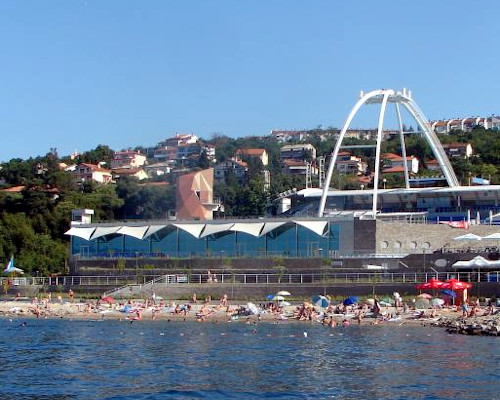
1. Establish of the research team and inter-institutional collaboration.
The implementation of this project involves different institutions to develop a modern, multidisciplinary approach to the management of coastal bathing waters. The members of the research team, scientists and experts from different fields, mainly marine ecology, biomedicine, public health, oceanography, informatics and data science, will work together, share existing knowledge and gain new insights and experience that will help them plan and conduct new research.

2. Determine the spatio-temporal variation in bathing water quality and the representative sampling time and site in the study areas.
To determine the spatio-temporal variation in bathing water quality, we will identify the factors that influence its distribution in seawater. Since faecal indicator bacteria (FIB) concentration in seawater is largely dependent on their loads, we will identify possible sources of pollution at each site in the study area where variations in water quality have been observed. By analysing the direction of wind, sea currents and the intensity of solar radiation, we will assess their influence on FIB counts and distribution. By analysing the sediment at the 3 selected sites (VK1, VK2 and VK3), we will determine its possible contribution as a source of faecal pollution. Finally, we will determine the representative sampling point and time at the sites in the study area.
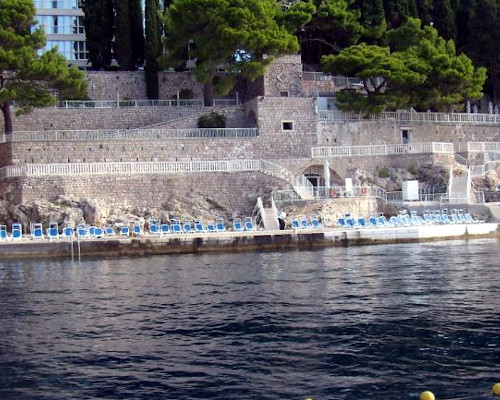
3. Determine new E. coli limits for all bathing water quality categories.
To achieve this goal, we will collect and process all data from official bathing water quality monitoring at all official marine bathing sites in Croatia obtained in the first year of project implementation and in the three previous bathing seasons. This is approximately 40,000 of data. This period corresponds to the period of application of a new, alternative method for the determination of E. coli in bathing waters (Jozić and Vukić Lušić, 2018). By processing such a large dataset, we will determine the mean ratio of E. coli to intestinal enterococci concentrations in seawater samples, which is very important for determining the new E. coli limit values. The current intestinal enterococci limit values for all quality categories are the same as those established in BWD. Considering that intestinal enterococci have been recognized as significantly better indicators of marine bathing sites than E. coli (WHO, 2018), the current levels are considered appropriate and form the basis for setting new limit values for E. coli.
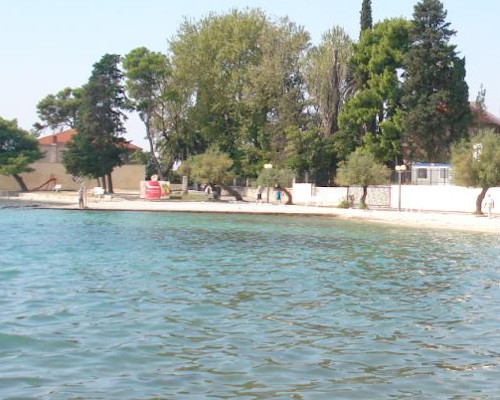
4. Determine the effect of solar radiation on the change in the ratio of E. coli to intestinal enterococci concentrations in seawater.
In situ experiments will be conducted to determine the effect of solar radiation, a major factor affecting the reduction of indicator microorganisms, on the change in the ratio of E. coli to intestinal enterococci concentrations in seawater. To achieve this goal, experiments will be conducted using contaminated seawater samples exposed to natural sunlight. Changes in the ratio of E. coli to intestinal enterococci concentrations over time of sample exposure will be tested by analysing subsamples at regular time intervals.
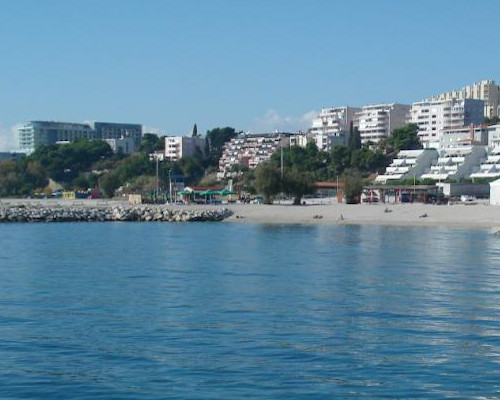
5. Determine the effect of sampling site distance from pollution sources on changes in the ratio of E. coli to intestinal enterococci concentrations in seawater.
By analysing the spatial variations in bathing water quality using the results of sample testing to achieve objectives O2 and O7, the effect of the distance of sampling points from pollution sources on the change in the ratio of E. coli to intestinal enterococci concentrations in seawater will be determined.
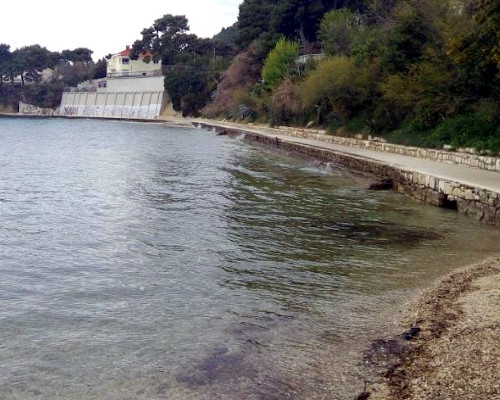
6. Determine whether it is justified to increase the number of samples at sites classified as "excellent" over a longer period.
To achieve this goal, 12 bathing sites along the entire coast of Croatian Adriatic, which have been classified as "excellent" over a longer period of time, will be sampled on a weekly basis, rather than fortnightly as specified in the official monitoring plan. After enough data has been collected, seawater quality will be assessed based on a weekly and fortnightly (official) sampling schedule. The presence or absence of significant differences in water quality based on the different sampling modes will indicate whether it is justified to increase the number of samples at bathing sites classified as 'excellent' over a longer period.

7. Develop a model to predict water quality.
By identifying the current and potential sources of faecal pollution and the intensity and dynamics of factors affecting the spatio-temporal FIB distribution, in Area 1 (Kaštela Bay), we will develop a model to predict seawater quality. When we develop a reliable model, it will be available as an upgrade for regular monitoring.
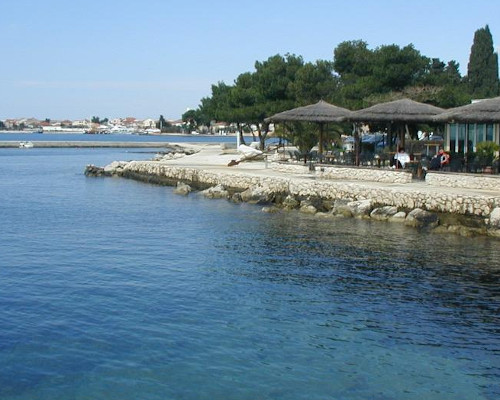
8. Prepare the proposal for the development of a new national regulation on coastal bathing water quality.
To achieve this objective, all information relevant to the preparation of a new legislation on coastal bathing water management, including the results and objectives achieved during the implementation of this project, will be collected. The principal investigator will liaise with other experts involved in the implementation of the new Bathing Water Directive, both at national and EU level.
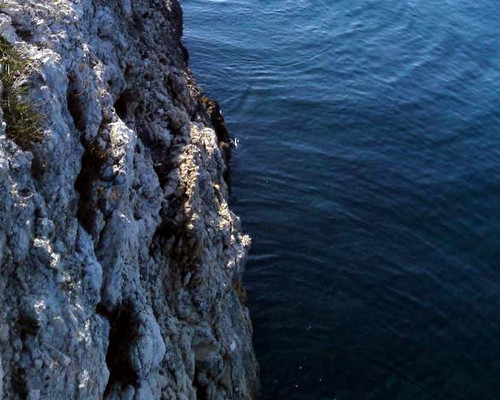
9. Dissemination of project results.
Dissemination of the project results will be achieved through the publication of at least two scientific papers in relevant peer-reviewed international high impact journals. All major project activities will be published on the project website. In addition, members of the project team will present the project and project results through participation in national (annual working meetings of the Institutes of Public Health) and international meetings (European Microbiology Expert Group (EMEG)) and two international scientific conferences. Regular working meetings of the research group will be held once a year, after the end of the bathing season. Two master/graduate theses will be prepared.
